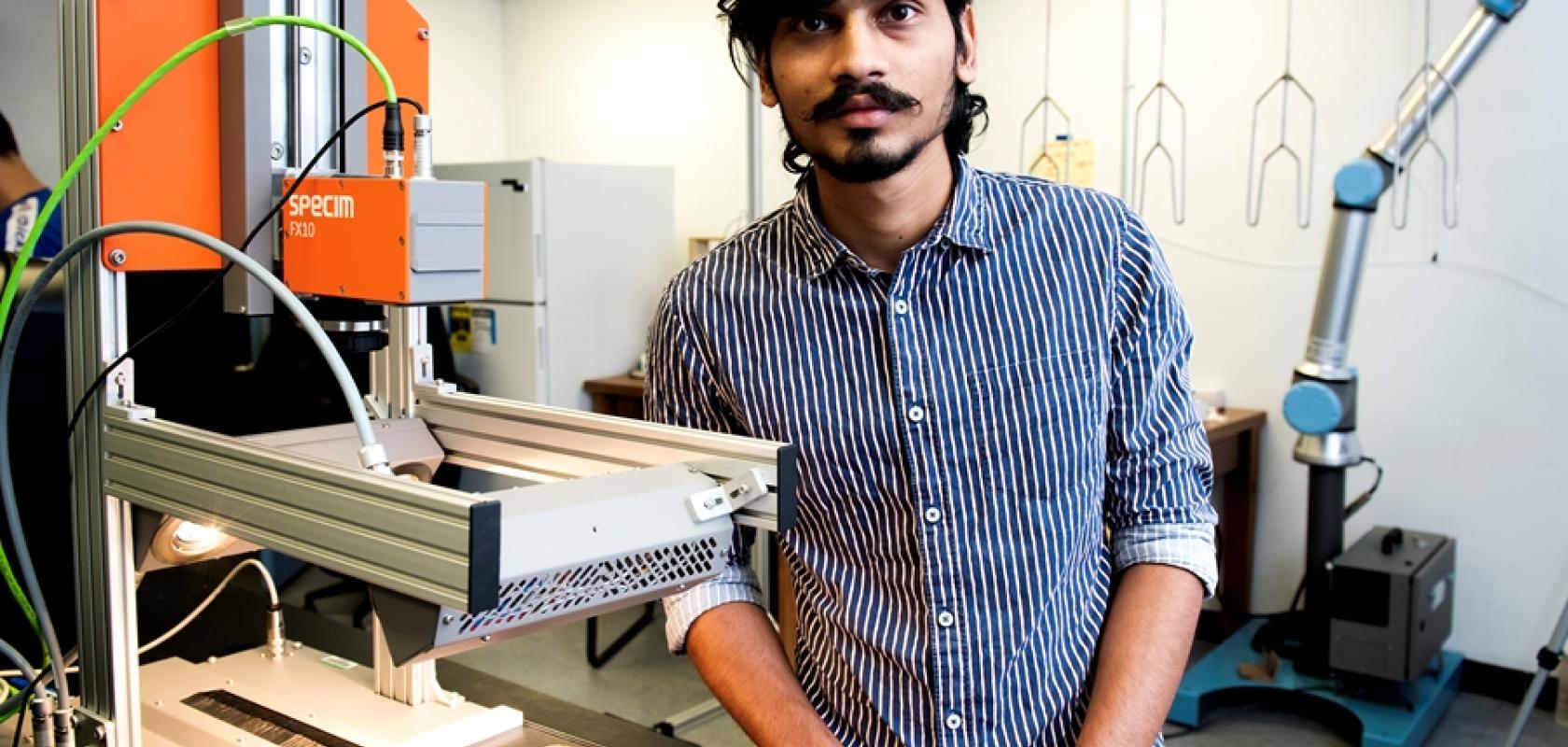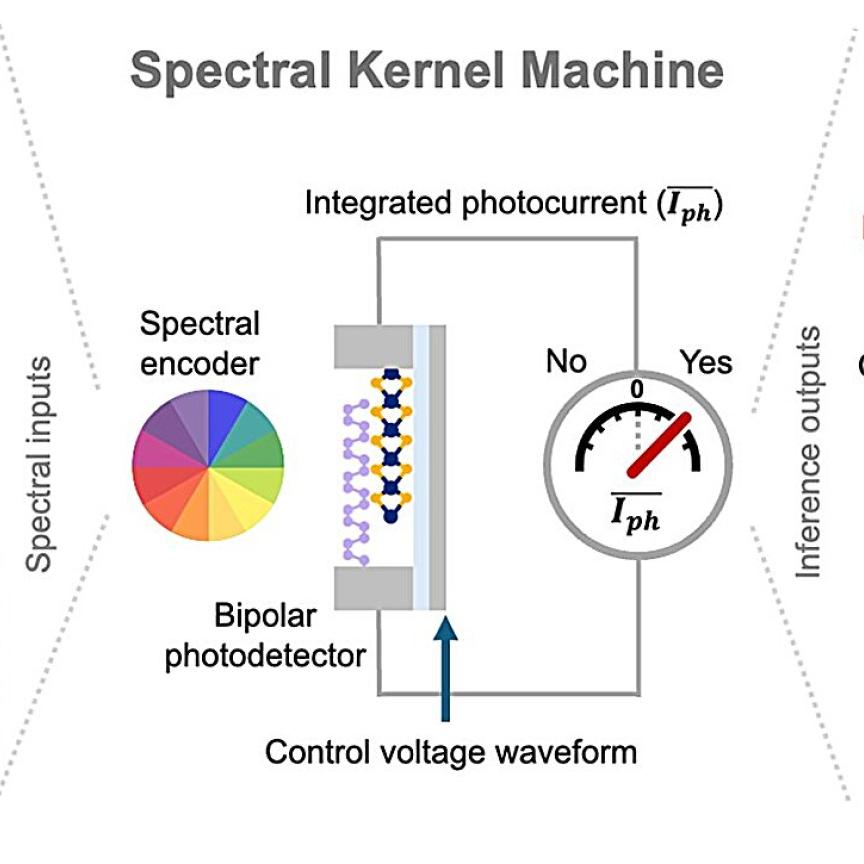Hyperspectral imaging is being used at the University of Arkansas’ Agricultural Experiment Station to inspect chicken breasts for a defect known as "woody breast", which costs the poultry industry millions of dollars annually and decreases customer satisfaction.
Woody breast meat is harder to the touch as it has less water-holding capacity and less protein content, so the meat doesn't retain marination as well as meat without the defect. It is still a safe product, however can have a crunchier texture that is not appealing to customers
The defect is more common in larger birds of 8-9 pounds versus 6-7-pound birds. One theory is that faster-growing birds may be producing muscle faster than their blood vessels can support them. This possibly leads to muscle fibre damage from collagen deposits.
Woody breast affects up to about 20% of chicken breast meat. Although affected items can be diverted for further processing into products such as chicken nuggets, where the defect is not as noticeable, the loss in premium as a whole-muscle product accounts for a yield loss worth about $200 million annually in the United States.
Which is why scientists at the University of Arkansas are experimenting with hyperspectral imaging to inspect chicken breasts. The non-invasive sensing technique combines a near-infrared sensor with a high-definition colour camera to capture physical and chemical information of a subject.
The new method would replace the current time-consuming evaluation procedure for woody breast, which according to the researchers requires sample testing via cumbersome manual laboratory procedures.Hyperspectral camera imaging would instead take just a few seconds to inspect and grade the meat on the production line.
"Woody breast detection by hand can be labour intensive," said Casey Owens, the Novus International Professor of Poultry Science at the Agricultural Experiment Station. "If hyperspectral imaging can be used in a poultry processing plant, that labour force could be diverted to another area."
The researchers take a hyperspectral image of each breast – taking up about 1 gigabyte of data – and use a computer to correlate it with a texture map (created from Owens' previous research) indicating hardness levels in the fillet. Once calibrated, the system would rely on the images alone to detect woody breast.
According to the researchers, so far the hyperspectral camera has detected woody breast meat with about 84% accuracy. Their goal is to accommodate high-speed sorting on a conveyor belt, or via handheld portable devices.


